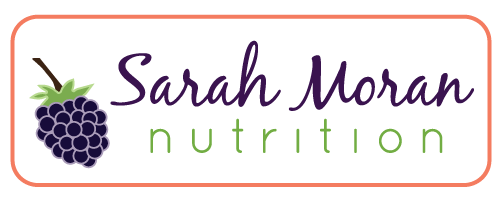NNMC Whole Grains: Read Labels
/ To begin the Whole Grains week of the challenge, I wanted to go over some label reading with y'all so you know how to find those whole grains you'll be working with. This is the same information from my post during the Toss the Junk week of the challenge: Lose Refined Grains. However, it can never hurt to review this material again because it can be confusing.
To begin the Whole Grains week of the challenge, I wanted to go over some label reading with y'all so you know how to find those whole grains you'll be working with. This is the same information from my post during the Toss the Junk week of the challenge: Lose Refined Grains. However, it can never hurt to review this material again because it can be confusing.
Multigrain
This means that several different kinds of grains are present in the product, but it doesn't speak to whether these are whole or refined grains.
Made with Whole Grain
This means just what it says: the product was made with whole grains. However, refined grains are likely included as well. It's like labeling a cookie that has orange zest in the batter "made with oranges."
Whole Grain
This sounds like just what we want, until you find out that in order to be labeled this way a product only needs to be made with 51% whole grains. In my book, that doesn't cut it.
100% Whole Grain
This is exactly what we want. When you see this, all of the grains in the product are whole grains. However, this doesn't get you off the hook from reading the ingredients list.
Now that we understand these front-of-the-box phrases, it's time to move on to the ingredients list on the back. Here is another place they can trip you up. This is what you need to know.
Wheat Flour
Many people think this is whole wheat flour, but it's not. The standard flour we use in cooking is all made from wheat. The only difference is the level of refinement. This is simply white flour in disguise.
Unbleached Wheat Flour
This is the same thing as "wheat flour" except they try to make it sound even better by adding the word "unbleached." While this is better than bleached flour, it's still white flour and that is not what we want.
Enriched Wheat Flour
White flour again, but here they add "enriched" hoping to give an air of health. However, all white flour is enriched by law because of the way refinement removes nearly all of the nutrients. Also, this comes nowhere close to the nutrient content of the original whole grain.
Whole Wheat Flour (or any other whole grain)
Jackpot! When you see this in the ingredients it means that the flour is whole wheat.
Also, remember that if you are buying whole foods, you won't have to do nearly as much label reading and it's nowhere near as confusing. Best of luck and let me know if you have any other questions about labels in general or a specific product you're unsure about!
